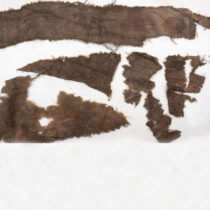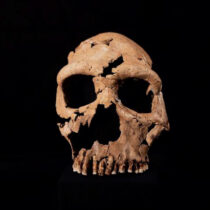Megisti Lavra, oldest and largest monastery on the Holy Mountain of Athos, was founded in 930 AD by St. Athanasius since called the Athonite. It is certain that some buildings in the compound as e.g. the Catholicon (main church) can be traced back to this early period. The Catholicon whose main features consist of a central core of the crossing–square type, enriched by side-apses, double narthexes, and side chapels, is considered to have served as the model for the churches of Athos in general, as well as for many more in Greece and the Balkans. The Catholicon of Megisti Lavra, together with the other Catholica, form a special type of church, whose main characteristic is the existence of side-apses, serving as special stands for choruses of chanters, hence their name of choroi, or chorostasia. The origin of this type of church with side-apses, known as athonite, provoked diverse theories. Some scholars consider this type as being an enrichment of the cross – in – square for liturgical needs, while others believe it to be a triconch or tri-apsidal type, stemming from Georgia or Armenia. But although side apses were always considered as belonging to the initial Lavra Catholicon, they have been added to an already existing building. This fact matches information given in contemporary texts. The Vita of St. Athanasius, believed to have been written about 1010 AD, states that the latter was killed by accident, when he fell from the scaffolding, while “enlarging” the church. Further research has also proved that side-chapels and outer-narthexes are also later additions. Thus, if the present complex is stripped of its extensions, what remains must be the initial Athanasian building. This rather simple church belonged in a way to the cross-type and most probably originates from Constantinople. The addition, during a second stage, of the side apses was the result of functional needs. Thus, it may be concluded that the athonite type of church was not imported but was born and evolved in the Mountain.
The Initial Plan of the Catholicon of Megisti Lavra, Mount Athos: Revision of Certain Theories Concerning the Origin of this Type of Church
27 Jul 2012
by Archaeology Newsroom
- A
- A
- A

